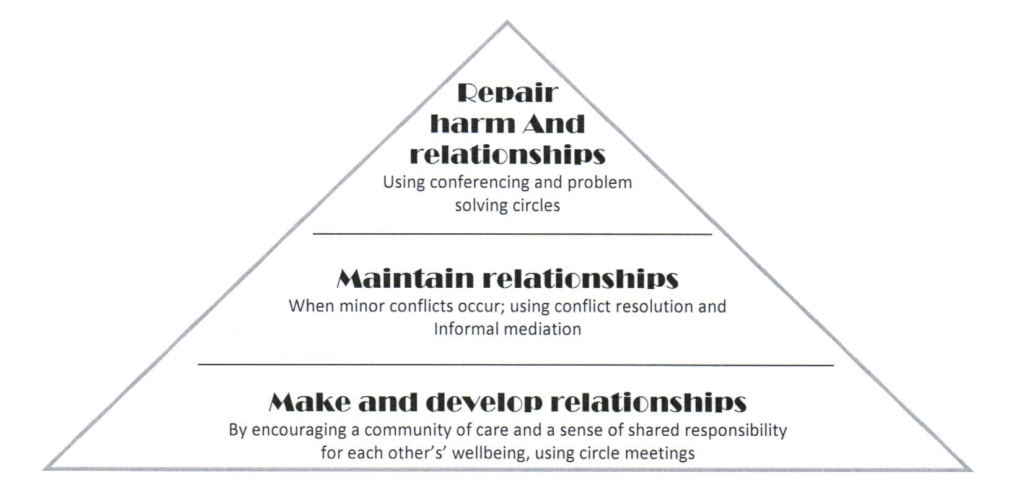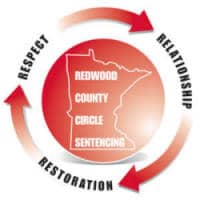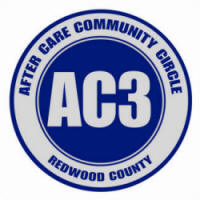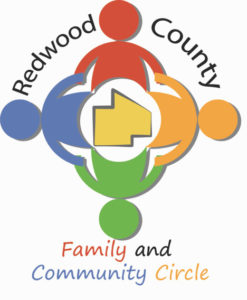Staff
Eric Johnson
Restorative Justice Coordinator
RESTORATIVE JUSTICE / PRACTICE OVERVIEW

Restorative Questions
Using key questions helps those harmed by others, as well as responding to challenging behavior:
- What happened, and what were you thinking at the time?
- What have you thought about since?
- Who has been affected by what you have done? In what way?
- What about this has been hardest for you?
- What do you think you need to do to make things as right as possible?
Restorative Language
- Who was impacted or affected by what happened?
- What was the resulting harm?
- What needs do those involved have?
- What needs to happen to repair the harm?
VS.
Retributive Language
- What rules were broken?
- Who did it?
- What punishment do they deserve?
Circle:
Circles can be used for team building, problem solving, repair building, and celebration. It enables a group to get to know each other, builds inclusion, and allows for the development of mutual respect, trust , sharing, and concern. Circles provide students with the opportunities to share their feelings, ideas and experiences to establish relationships and social norms. When there is wrong-doing, circles play an active role in addressing the wrong and making things right.
Conferencing:
Conferencing is a collaborative, decision-making approach that involves face to face encounter between offenders and their families with victims and their supporters. The conference seeks to support offenders as they take responsibility and change their behavior, empower the offender's families to participate in the process, and addresses the victim's needs with the goal of repairing the harm.
“The philosophy of Circles acknowledges that we are all in need of help and that helping others helps us at the same time.”
— Kay Pranis
The Circle Itself as a Ceremony
Beyond the opening and closing ceremonies, the Circle itself is a ritual that communicates meaning. Sitting in the round says that everyone is included equally without regard to rank, status, or hierarchy. Shedding titles gives a further message of equality and of looking beyond outer roles to who we are in our hearts. Joining hands expresses community. The opening ceremony invites reflection and a spiritual sense of connectedness. The talking piece cultivates a capacity both to listen and to speak with respect. The guidelines convey shared ownership of the process and responsibility for its outcomes. And the closing ceremony inspires gratitude for the good achieved. Together, these rituals create a secure space where we can share personal stories, express emotions, be honest, take risks, and seek solutions to very difficult issues.
— Kay Pranis, Barry Stuart, & Mark Wedge







